Lacewing Larvae 500
£28.99
Lacewing larvae(Chrysoperla Carnea) are natural predators of aphids and other soft bodied pests such as whitefly eggs, thrip larvae, mealybug and young caterpillars. They are able to eat over 300 pests each, so they are ideal for clearing heavy infestations in the garden / under-glass. Lacewing Larvae are supplied in a cardboard shaker tube containing the larvae and buckwheat husks – simply sprinkle the buckwheat and larvae over the infected plants at a rate of at least 10 per sqm straight from the shaker tube i.e. a tube of 500 larvae will treat up to 50 sqm. The larvae will soon spread out to attack any pests present including aphids, mealy bug, whitefly, scale. etc. Supplied in tubes of 500
NOTE: These come fresh twice a week from the breeder, please allow 2-5 business days for delivery.
Special Offer – Add a Lacewing Chamber and save £3.00 off the combined price.
Full Description
Lacewing larvae (Chrysoperla Carnea) are natural predators of aphids and other soft bodied pests such as whitefly eggs, thrip larvae, woolly aphids, mealybug and young caterpillars. They are able to eat over 300 pests each, so they are ideal for clearing heavy infestations in the garden / under-glass. Lacewing Larvae are supplied in a cardboard shaker tube containing the larvae and buckwheat husks – simply sprinkle the buckwheat and larvae over the infected plants at a rate of at least 10 per sqm straight from the shaker tube i.e. a tube of 500 larvae will treat up to 50 sqm. The larvae will soon spread out to attack any pests present including aphids, mealy bug, whitefly, scale. etc. Use them to clear heavy infestations of aphids on rose bushes, trees and shrubs or to clear heavy infestations of pests in greenhouses and conservatories i.e. aphids, whitefly, scale and mealybug. Lacewing larvae occur naturally in the garden, but often aphids numbers explode (especially in warm weather), so stop aphid numbers getting out of control by releasing lacewing larvae. In fact they will eat any pest in sight including mealy bug and red spider mite etc, so they are a valuable addition to any garden. Supplied in a tube of 500
By releasing Lacewing Larvae, aphids can be controlled WITHOUT using chemicals. Lacewings are attractive flying insects with translucent pale green wings. We send you larvae in a cardboard tube containing the larvae and buckwheat husks – simply open the tube and sprinkle the larvae (and the buckwheat husks) over the affected plants. The larvae soon settle down to feed on aphids and other soft bodied insects such as whitefly and thrip. They will then develop into adult lacewings, which will produce the next generation of larvae to feed on more aphids. Lacewing larvae are safe for children, pets and wildlife and are easy to apply. As well as controlling aphids (greenfly and blackfly) in the garden, they can also be used to control :-
- Using Lacewing Larvae to control Woolly aphids – Woolly aphids flourish between spring & autumn, infesting the trunk and branches of trees, resulting in them being covered with a fluffy white waxy “wool”. Woolly aphids over-winter in cracks in the bark and then as temperatures rise in the spring they become active and start feeding. Woolly Aphids feed by sucking sap from beneath the bark and at the same time they start to secrete their characteristic white, woolly coating. Infestations peak in the summer, when the aphids spread onto the younger shoots and winged forms develop to fly off to spread the infestation around the garden. As woolly aphids feed, lumpy growths in the bark develop and then during the winter these swellings can split due to freezing temperatures which allows fungal diseases such as apple canker to develop. To control woolly aphids, use a combination of SB Invigorator natural spray and Lacewing Larvae – Spray 1st with Sb Invigorator natural spray at least TWICE to kill as many aphids as possible – it’s a good idea to brush affected areas with a stiff brush as well if you can reach. You should then release the Lacewing Larvae 7 days later into the tree to give on-going control.
“I had a lot of woolly aphid on my apple trees & I have tried lots of sprays over a couple of years that didn’t work. I tried lacewing larvae and never saw a lacewing, but the woolly aphid vanished, so they must work.” Mike Brotch by email.
- Using Lacewing larvae to control LARGE numbers of pests UNDERGLASS – Pest numbers can quickly escalate, so if you have suddenly discovered LARGE numbers of aphids, whitefly or mealy-bugs in a greenhouse / conservatory use lacewing larvae to clear them. The Lacewing Larvae are supplied in either a cardboard wafer, tube or tub, which is then simply sprinkled over the affected plants. They soon settle down to feed on pests. They will then develop into adult lacewings, which will produce the next generation of larvae to feed on more aphids. Lacewing larvae are safe for children, pets and wildlife and are easy to apply.
N.B. If you have recently used a chemical spray i.e. within the last 2-3 weeks, please contact us (orders@greengardener.co.uk) to check how soon Lacewing Larvae can be introduced? Once the infestation is under control, the relevant natural predator can be introduced to give on-going control i.e. introduce Encarsia for on-going Whitefly control or Aphidius for on-going aphid control.
Lacewing Chamber / Shelter – Position a Lacewing Chamber / Shelter in your garden in late August to make sure more Lacewings survive the winter. Lacewing larvae are important in the garden, because their larvae eat greenfly and blackfly plus other insect pests. These Lacewing Chambers / Shelters comes ready to use and consists of a sturdy wooden box, which will last for years and a straw insert, which is treated with a strong pheromone attractant to entice the lacewings into their new home for the winter, where they will be safe from the worst of the winter weather. They can then be stored in a frost-free place for the winter and then re-positioned in the spring. Special Offer – Add a Lacewing Chamber or Lacewing Shelter and save £3.00 off the combined price.
NOTE: These come fresh twice a week from the breeder, please allow 2-5 business days for delivery.
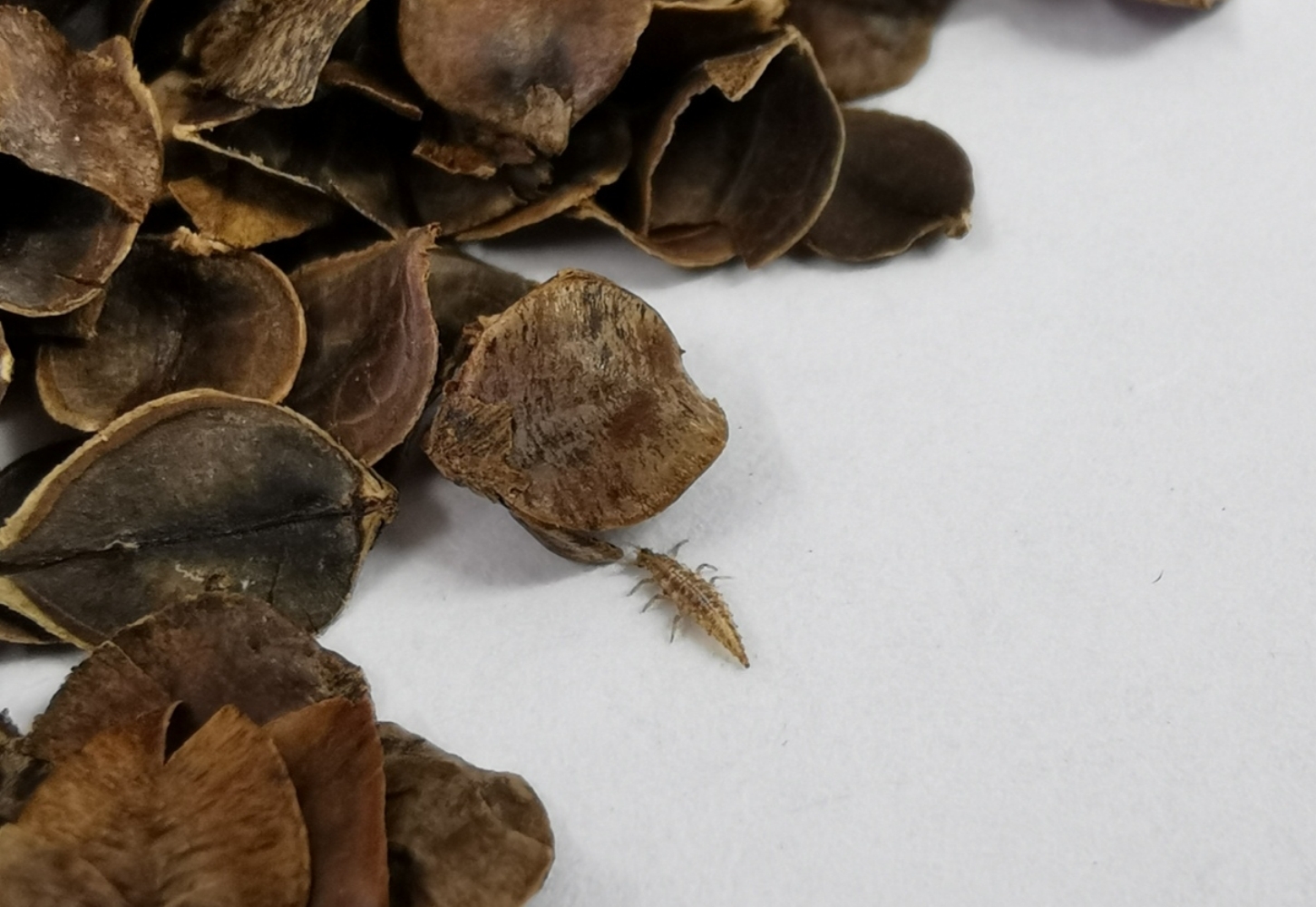
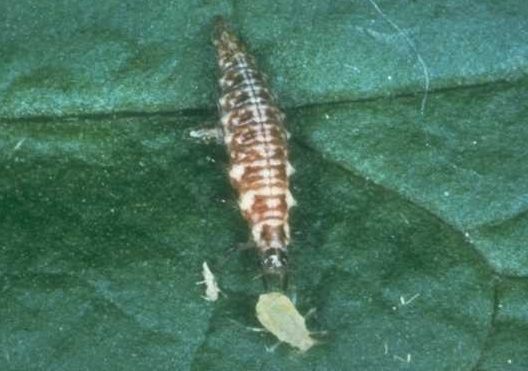
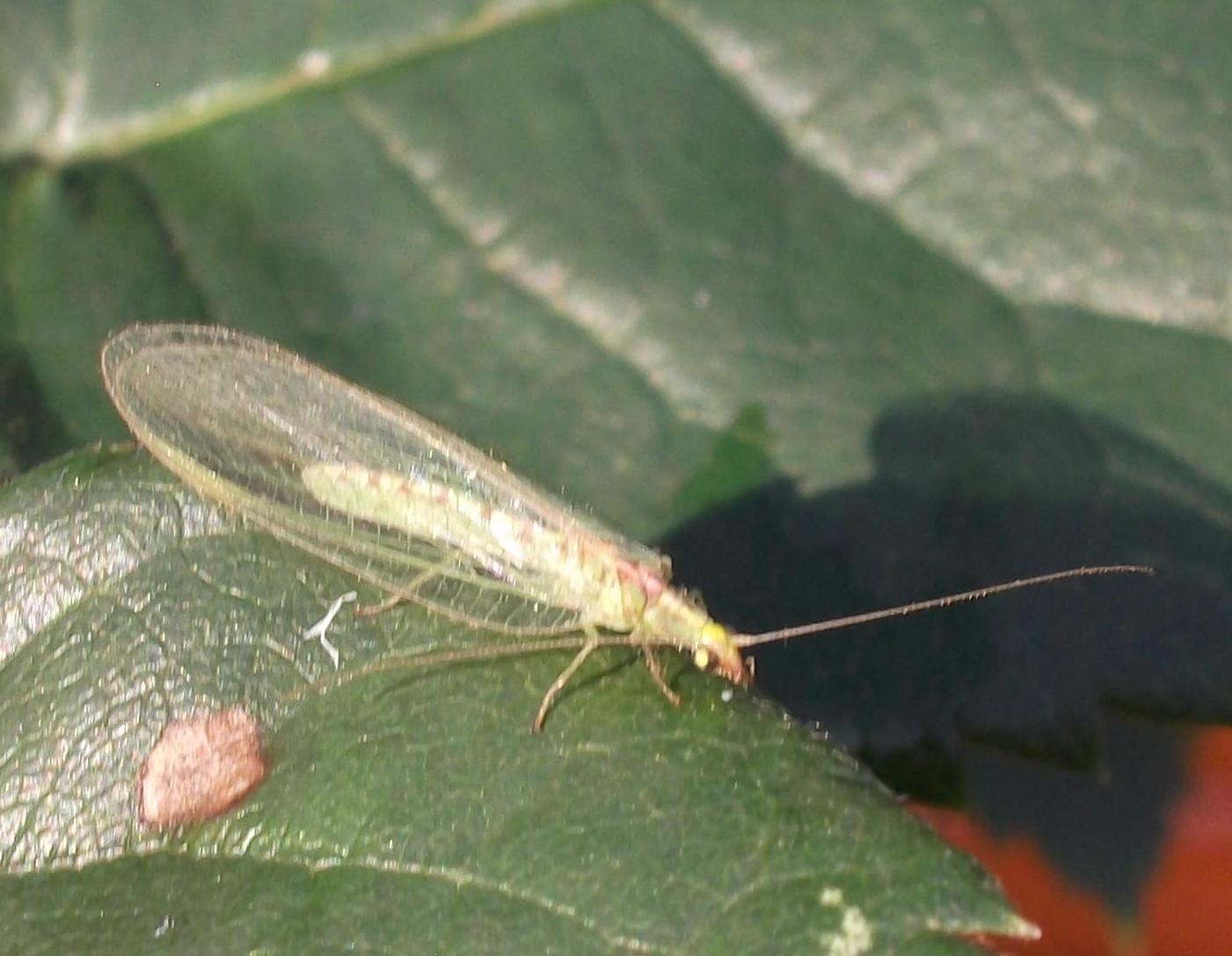
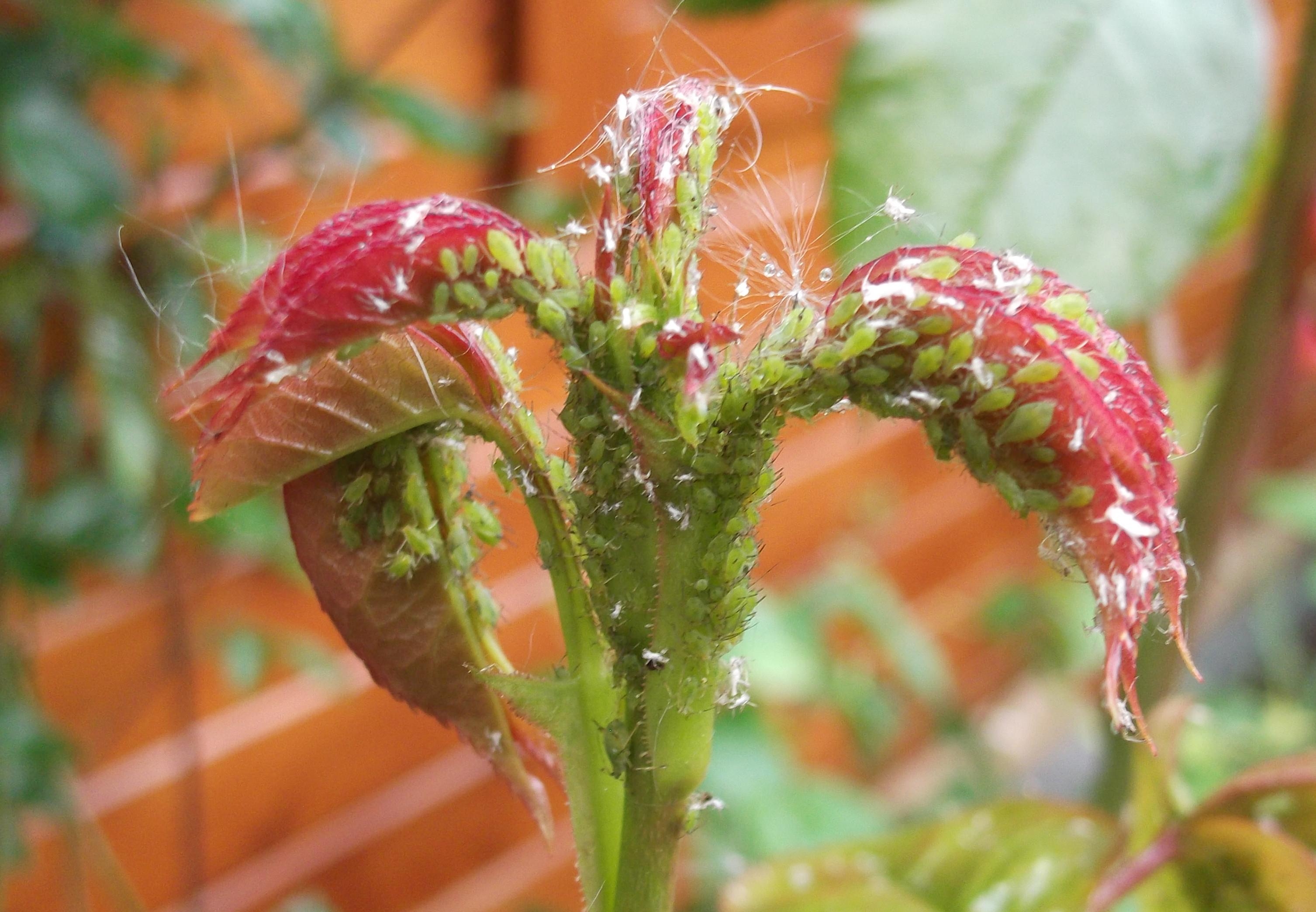
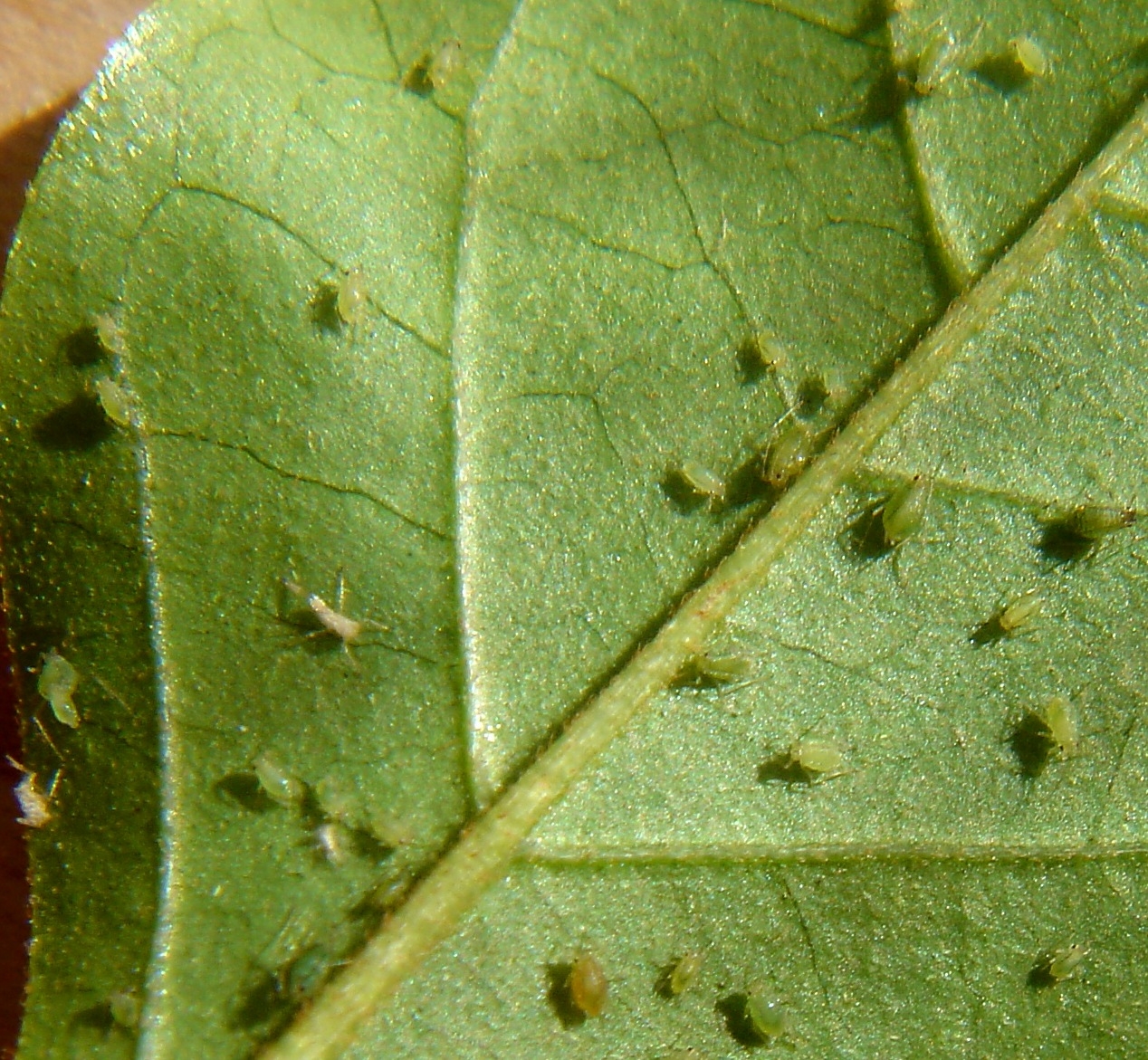
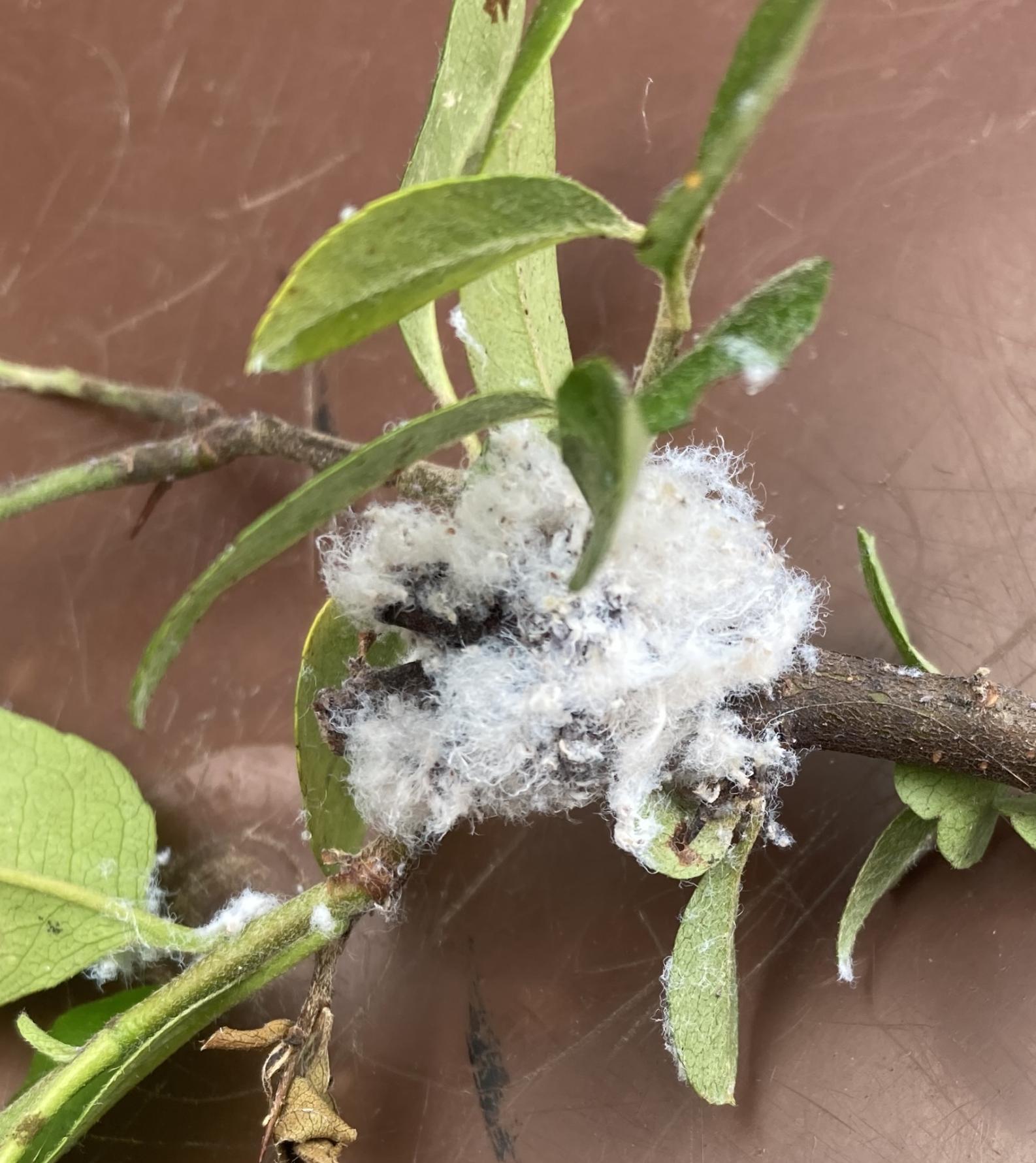
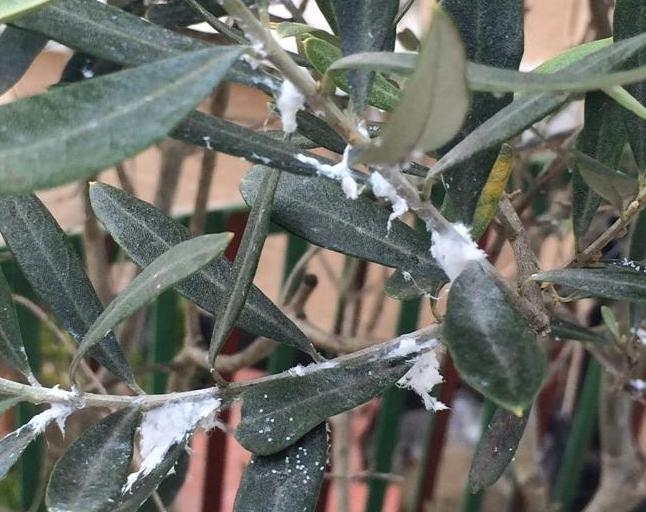
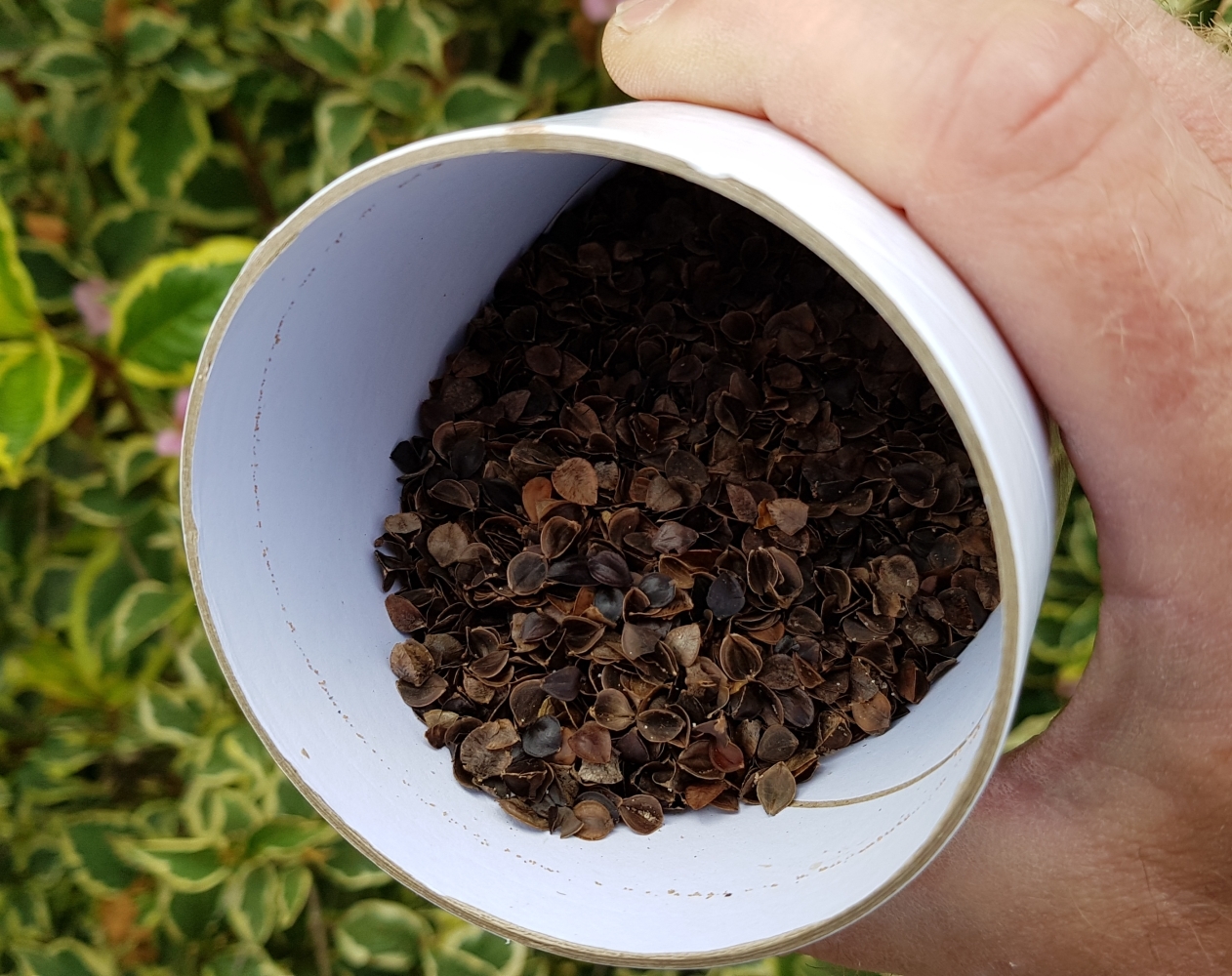
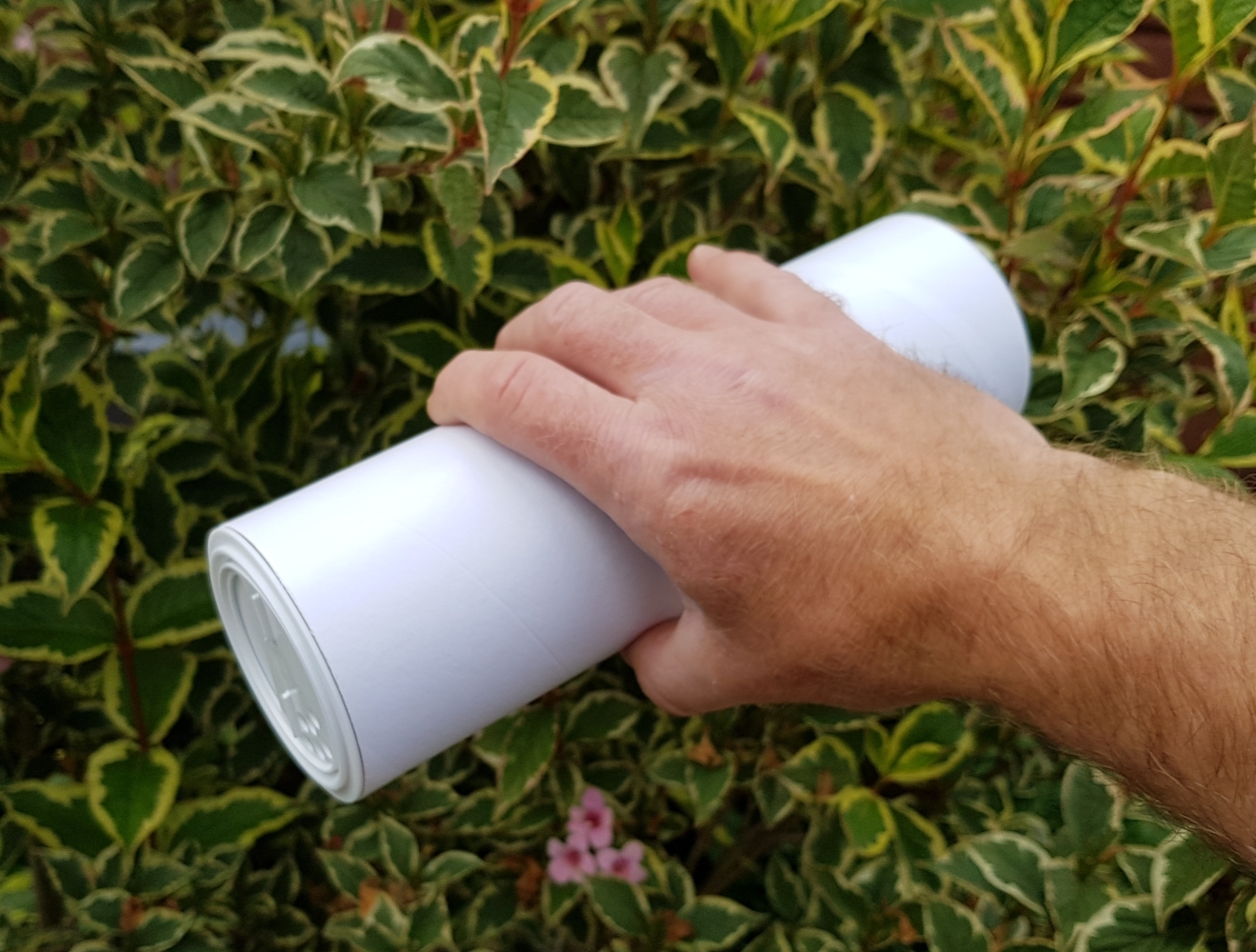
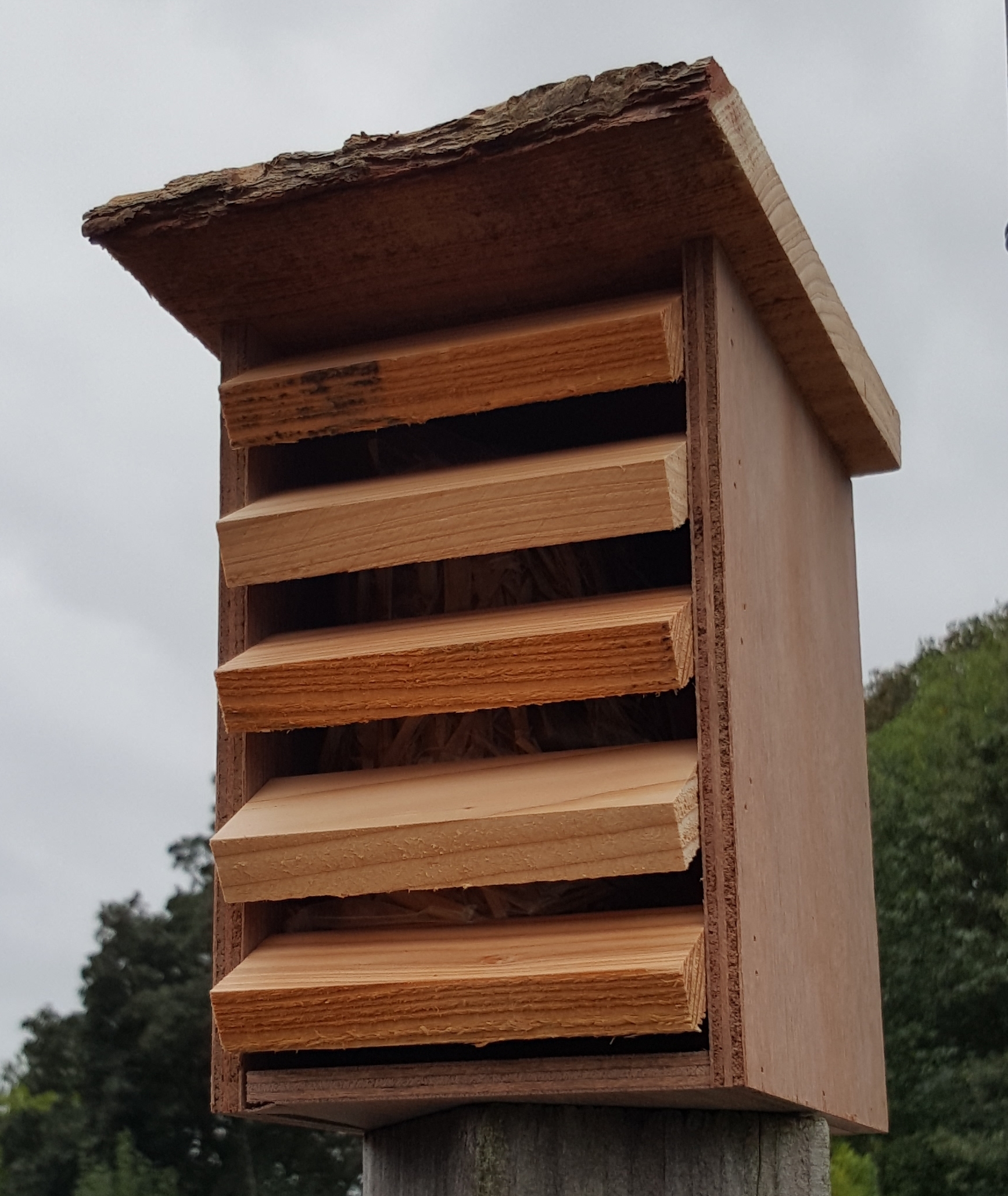
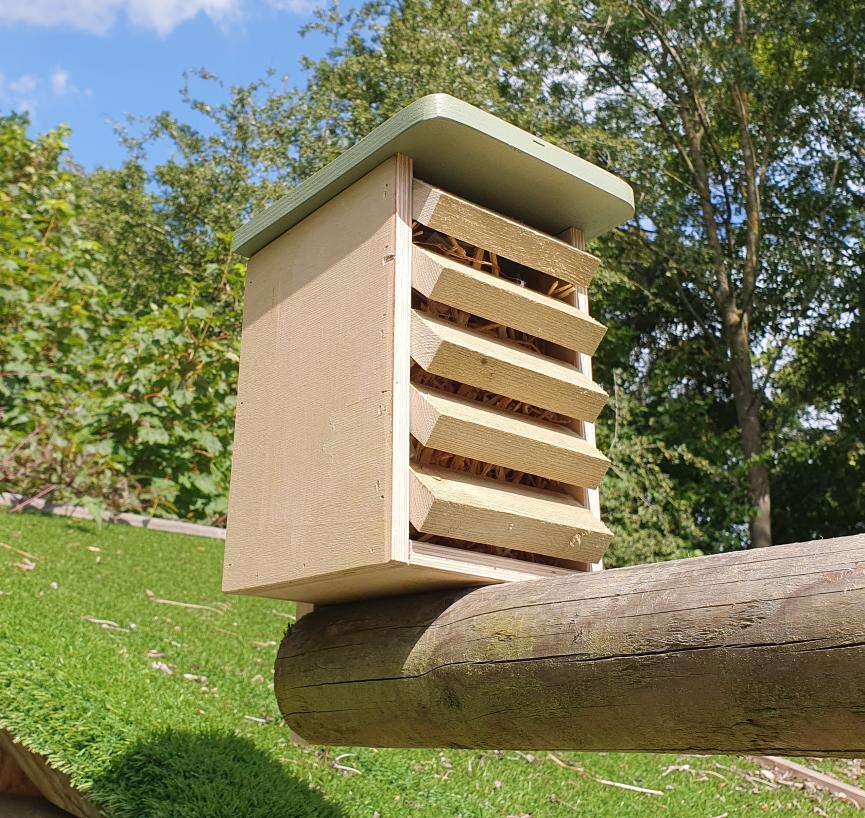

Nicola Bishop –
Ordered lacewing and ladybird larvae to deal with a huge infestation of willow aphids and the result is miraculous! 4 weeks ago the branches were encrusted with aphids and now I honestly can’t see a single one. Amazing!
Karen Eyre –
Extremely good, so good that the Nemaslug nematodes are often out of stock! The ladybirds were very good, ordered more and some more lacewings.
Anonymous –
The insects I ordered did the job and the customer service from Green Gardener was great. Quick and really helpful response from Jon to some questions I had was much appreciated. Lacewing larvae sorted out a huge population of aphids on my roses and adult ladybirds have settled all over the garden, keeping things in check.
Lisa Waterhouse (verified owner) –
I was rather dubious as I only saw one lacewing larvae. I sprinkled the buckwheat over a heavily infected Camelia and hoped for the best.It was also covered in ants. Now, 4 weeks later, not a single aphid in sight and hardly any ants.I frequently use ladybird larvae which works every year, but hadnt tried the lacewings. I didnt see more than a couple of larvae, but they certainly did the job. As it was a heavy infestation there must have been many larvae that were out of sight.